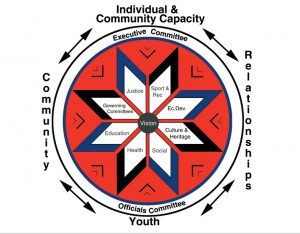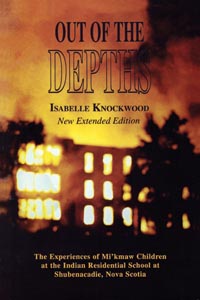A recent article published on canada.com titled, “Paddlers gathered in Tofino for Pulling Together” is strikingly similar to the recent Fraser River Journey video we watched for Module 3.
The article talks about this Pulling Together project, which is hosted by First Nations communities and is aimed at breaking down the barriers between First Nations people and the law enforcement.
The idea here is that by including police and other law enforcers on the paddling journey, both groups will have the opportunity to learn more about each other and gather more respect for the values behind First Nations culture.
These projects are so critical as they build relationships and understanding. The One Laptop Per Child initiative would benefit from more exploratory projects such as this – learning about the culture before imposing something on that community.

